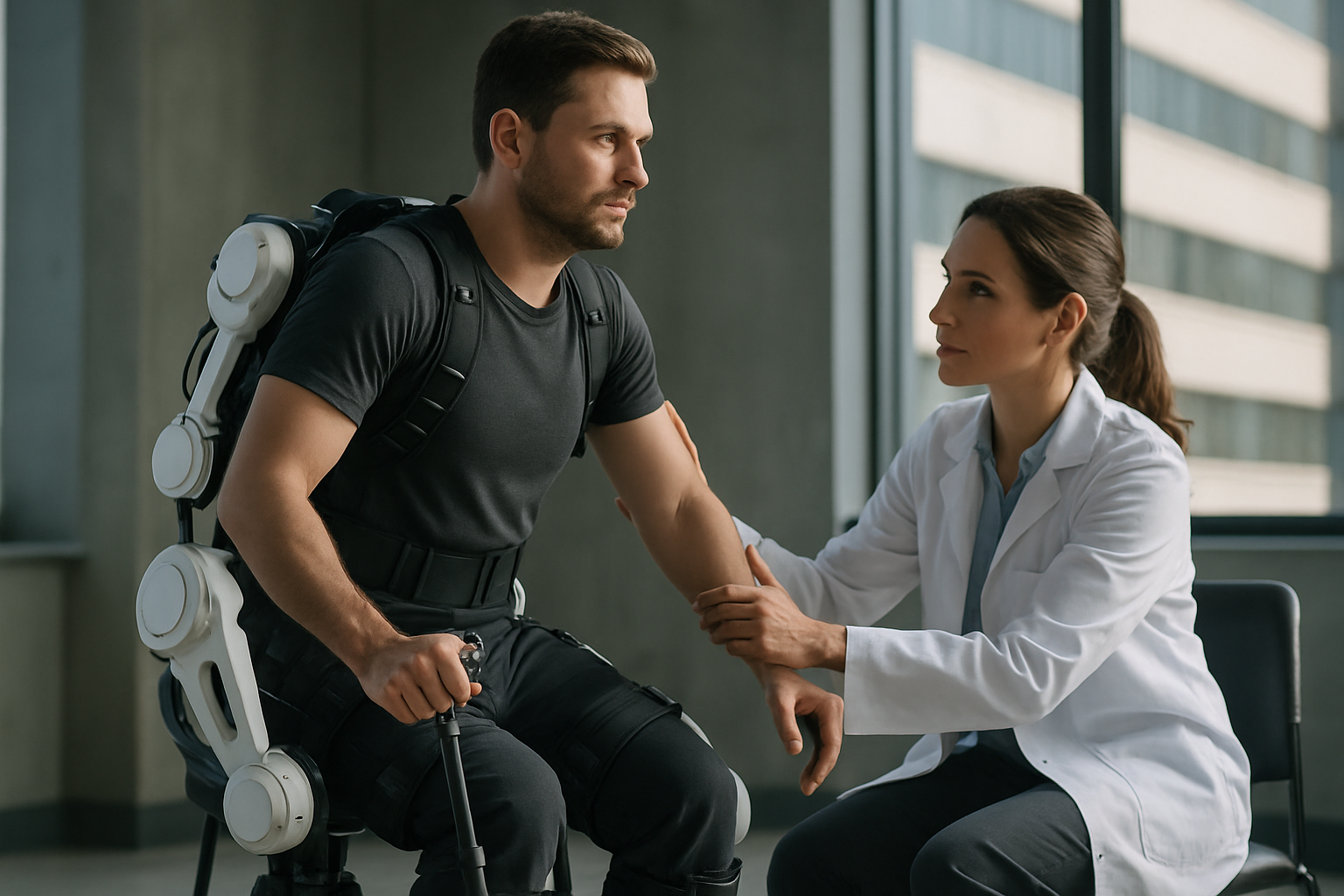A Complete Guide to Treating Dry Eyes at Home and Beyond
Dry eyes can be a frustrating and uncomfortable condition that affects millions of people worldwide. This comprehensive guide will explore the causes of dry eyes, various treatment options, and lifestyle changes that can help alleviate symptoms. From over-the-counter remedies to professional interventions, we'll cover everything you need to know about managing dry eyes effectively.

What are the common causes of dry eyes?
Dry eyes occur when your eyes don’t produce enough tears or when the tears evaporate too quickly. Several factors can contribute to this condition, including:
-
Age: As we get older, our eyes naturally produce fewer tears.
-
Hormonal changes: Particularly in women during pregnancy or menopause.
-
Certain medications: Antihistamines, decongestants, and some antidepressants can reduce tear production.
-
Environmental factors: Windy, dry, or smoky conditions can increase tear evaporation.
-
Extended screen time: Prolonged use of digital devices can lead to reduced blinking and increased eye strain.
-
Medical conditions: Autoimmune disorders like Sjögren’s syndrome can affect tear production.
Understanding the underlying cause of your dry eyes is crucial for determining the most effective treatment approach.
What are the first-line treatments for dry eyes?
When it comes to treating dry eyes, many people start with over-the-counter options. These include:
-
Artificial tears: These lubricating eye drops can provide temporary relief by supplementing your natural tear production.
-
Gel drops or ointments: These thicker formulations offer longer-lasting relief, especially for use at night.
-
Warm compresses: Applying a warm, damp cloth to closed eyes can help stimulate oil glands and improve tear quality.
-
Eyelid cleansers: Specially formulated wipes or solutions can help maintain eyelid hygiene and reduce inflammation.
It’s important to use these treatments as directed and consult with an eye care professional if symptoms persist or worsen.
How can lifestyle changes help manage dry eyes?
Making certain lifestyle adjustments can significantly improve dry eye symptoms:
-
Stay hydrated: Drink plenty of water throughout the day to support overall hydration.
-
Use a humidifier: Adding moisture to the air can help prevent tear evaporation.
-
Take regular screen breaks: Follow the 20-20-20 rule: every 20 minutes, look at something 20 feet away for 20 seconds.
-
Wear sunglasses outdoors: Protect your eyes from wind and debris that can exacerbate dryness.
-
Quit smoking and avoid secondhand smoke: Smoking can irritate eyes and worsen dry eye symptoms.
-
Adjust your diet: Incorporate omega-3 fatty acids from sources like fish, flaxseed, and walnuts to support tear production.
These simple changes can make a significant difference in managing dry eye symptoms and improving overall eye health.
What professional treatments are available for severe dry eyes?
For those with persistent or severe dry eye symptoms, professional treatments may be necessary:
-
Prescription eye drops: Medications like cyclosporine or lifitegrast can help increase tear production.
-
Punctal plugs: These tiny devices are inserted into tear ducts to prevent drainage and retain moisture on the eye surface.
-
Intense Pulsed Light (IPL) therapy: This treatment can help unclog oil glands and improve tear quality.
-
LipiFlow: A thermal pulsation system that helps clear blocked meibomian glands.
-
Autologous serum eye drops: Made from the patient’s own blood serum, these drops can be particularly effective for severe cases.
It’s essential to work closely with an eye care professional to determine the most appropriate treatment plan for your specific situation.
How does nutrition play a role in managing dry eyes?
Diet can have a significant impact on eye health and dry eye symptoms. Some key nutritional considerations include:
-
Omega-3 fatty acids: Found in fatty fish, flaxseed, and chia seeds, these can help improve tear quality.
-
Vitamin A: Essential for tear production, found in foods like sweet potatoes, carrots, and spinach.
-
Vitamin C: An antioxidant that supports overall eye health, abundant in citrus fruits and bell peppers.
-
Zinc: Helps vitamin A absorption and is found in oysters, beef, and pumpkin seeds.
-
Hydration: Drinking adequate water throughout the day supports tear production.
Incorporating these nutrients into your diet can complement other dry eye treatments and support overall eye health.
What are some advanced dry eye treatments and their costs?
For those seeking more advanced treatments for dry eyes, several options are available from eye care specialists:
| Treatment | Provider | Cost Estimation |
|---|---|---|
| LipiFlow | TearScience | $700 - $1,000 per session |
| Intense Pulsed Light (IPL) | Various ophthalmology clinics | $400 - $800 per session |
| Autologous serum eye drops | Specialized compounding pharmacies | $200 - $400 per month |
| Scleral lenses | Custom fitted by optometrists | $2,000 - $4,000 per pair |
| Amniotic membrane treatment | Ophthalmology clinics | $1,500 - $2,500 per eye |
Prices, rates, or cost estimates mentioned in this article are based on the latest available information but may change over time. Independent research is advised before making financial decisions.
These advanced treatments can be highly effective for managing severe dry eye symptoms, but they often require multiple sessions or ongoing care. It’s crucial to consult with an eye care specialist to determine the most appropriate and cost-effective treatment plan for your specific condition.
In conclusion, managing dry eyes often requires a multi-faceted approach, combining lifestyle changes, over-the-counter remedies, and potentially professional treatments. By understanding the causes of dry eyes and exploring various treatment options, you can find relief and improve your overall eye comfort and health. Remember to consult with an eye care professional for personalized advice and treatment recommendations.




